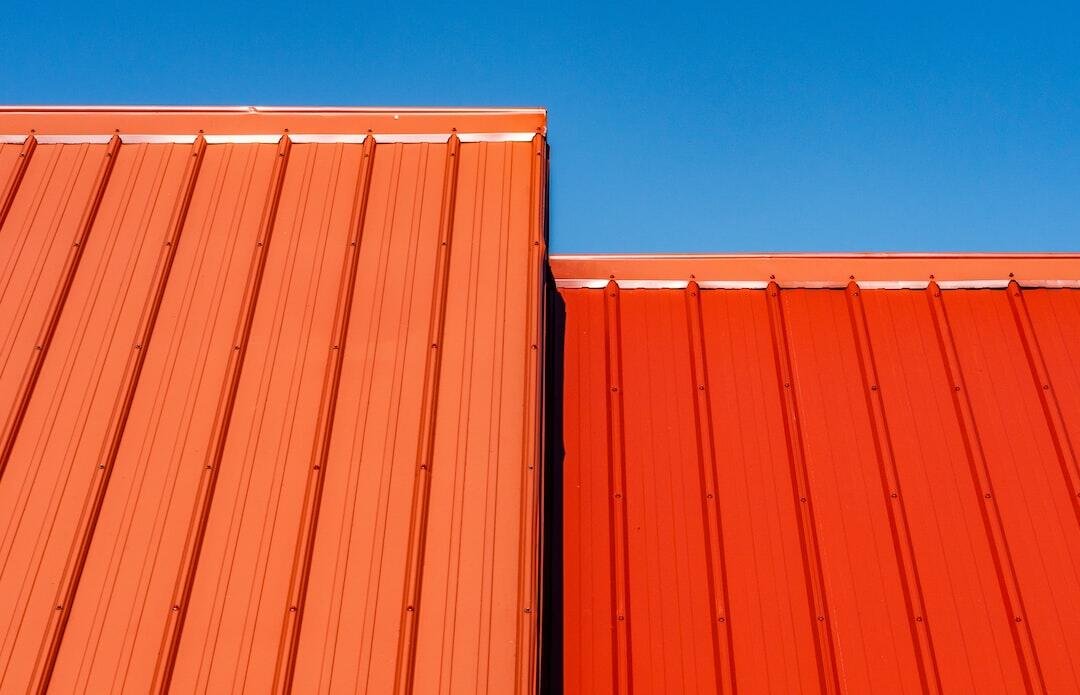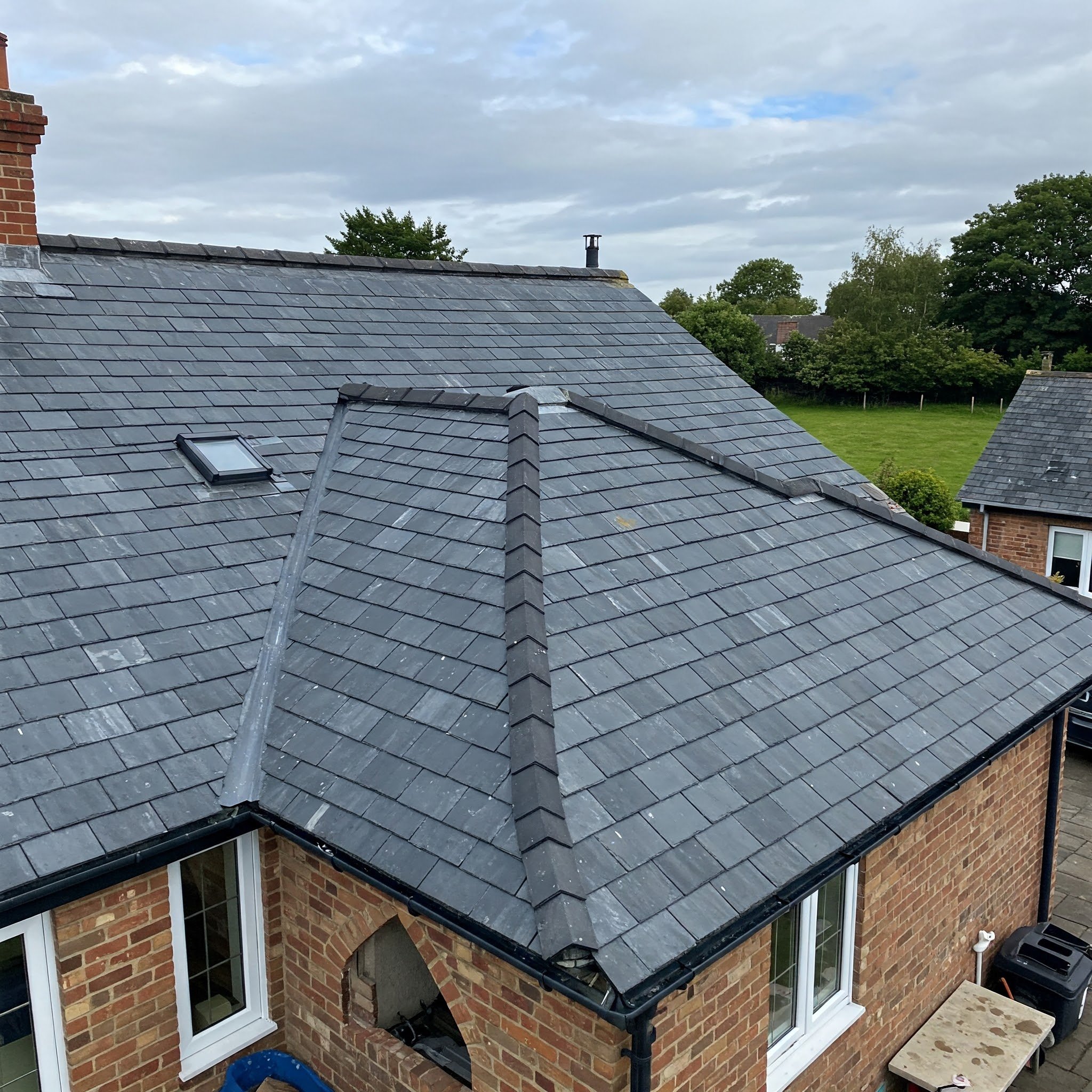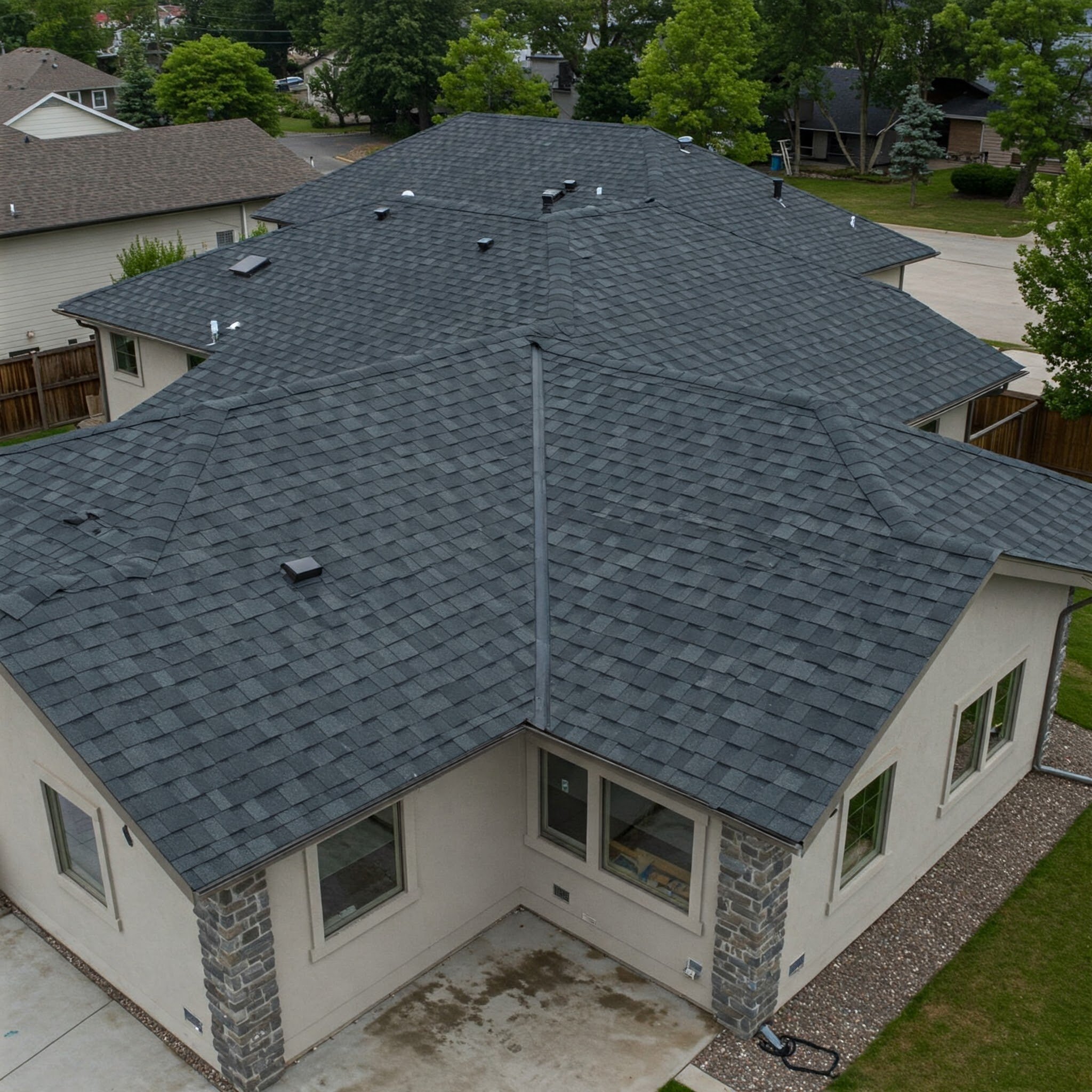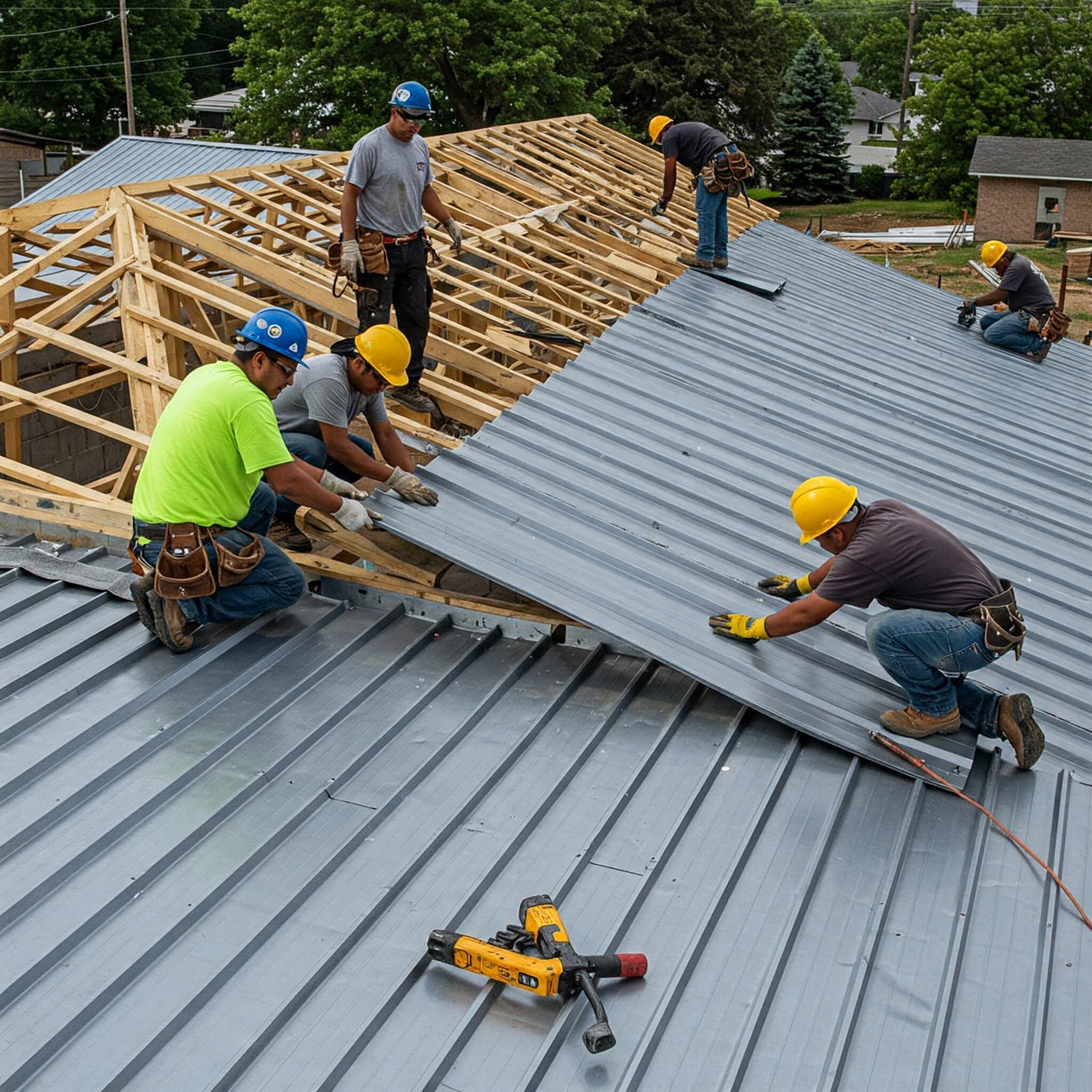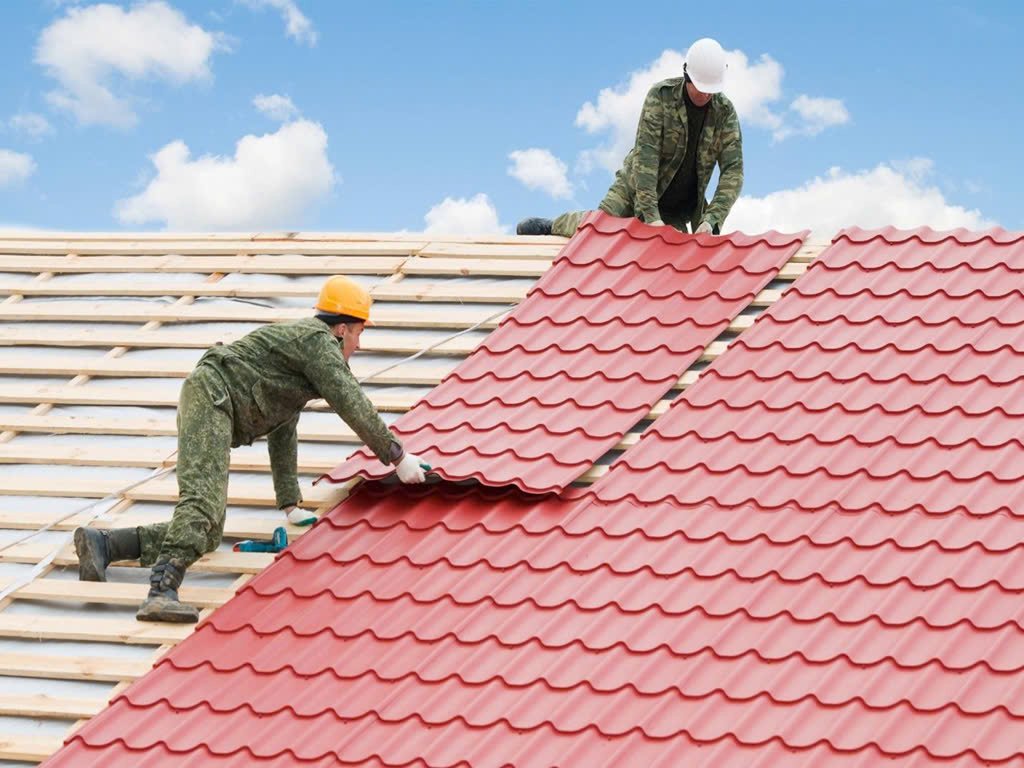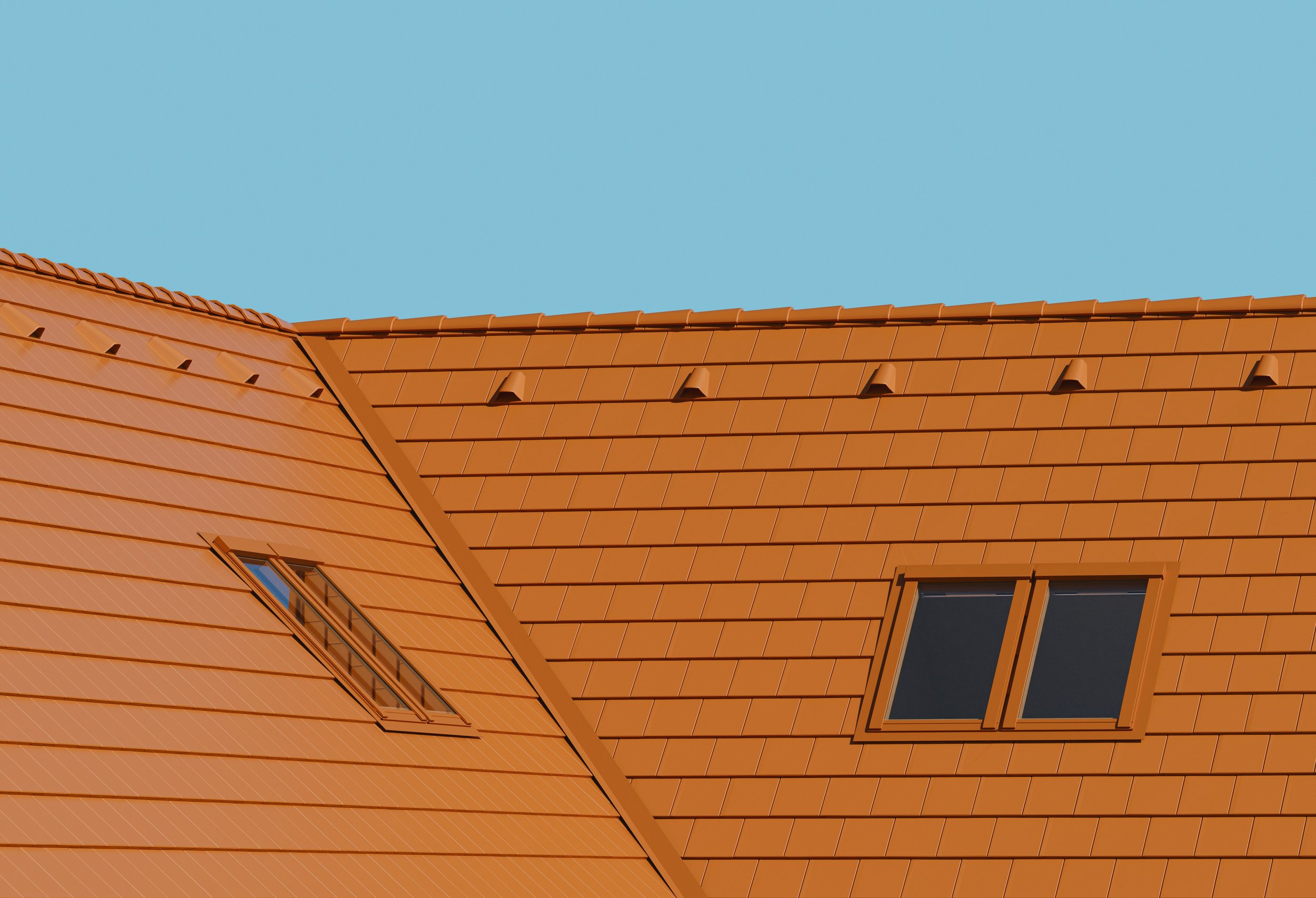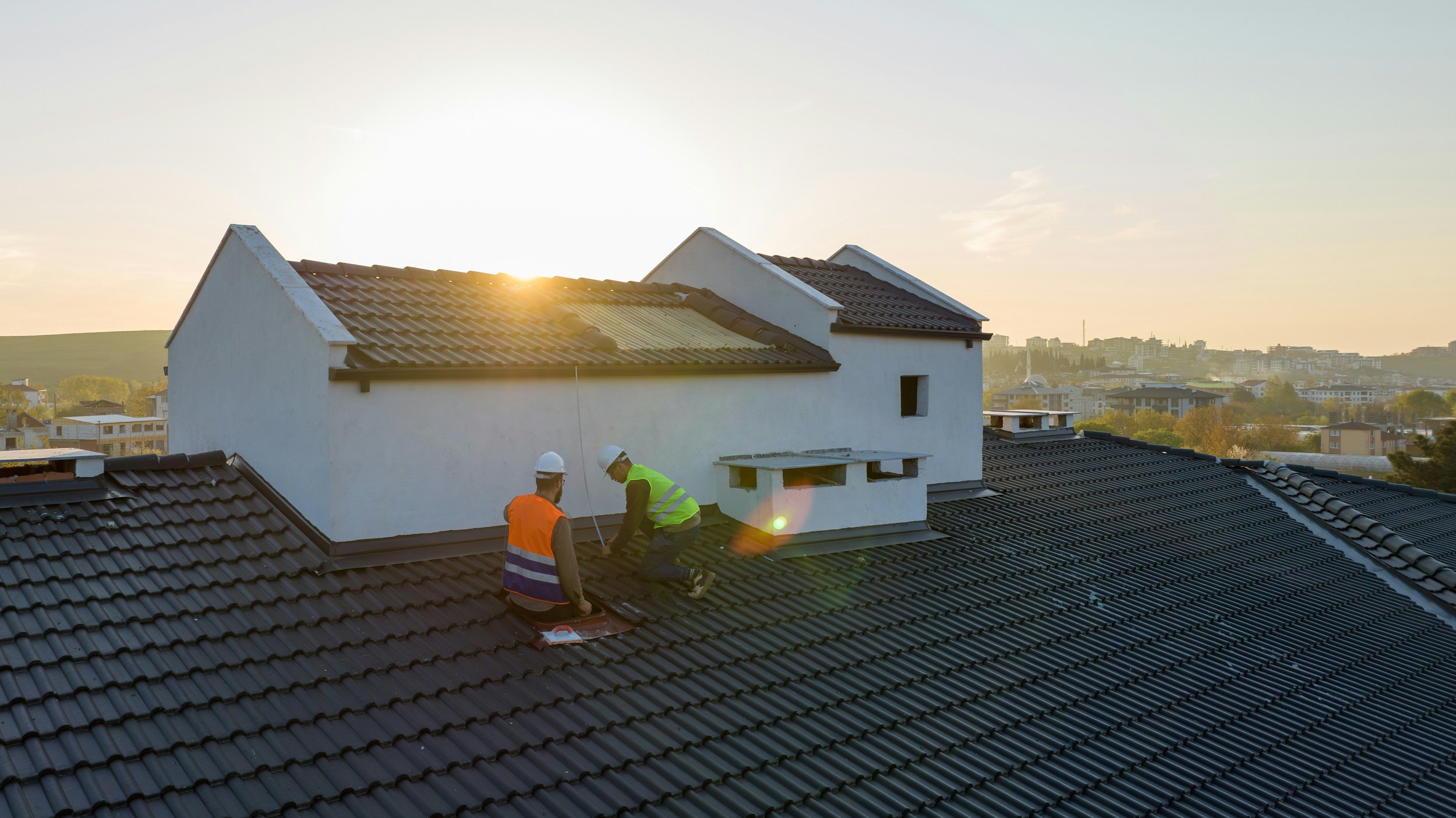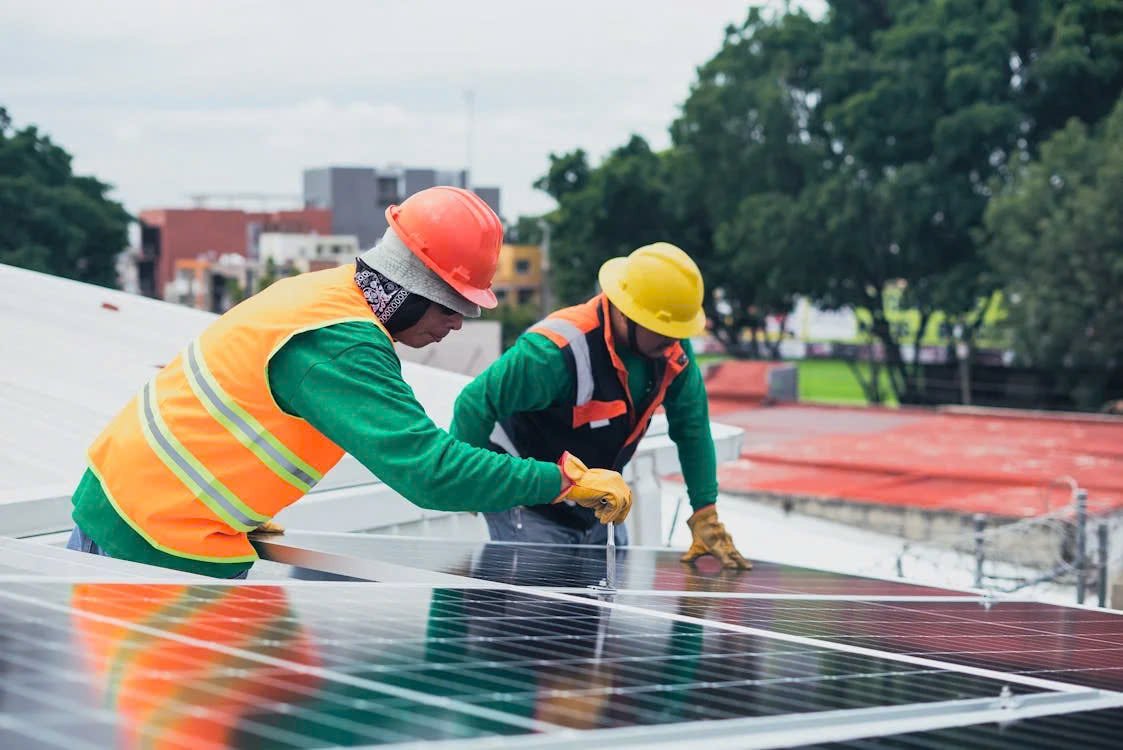How to Evaluate Roofing Materials Based on Climate Conditions
Learn how to choose the best roofing materials for your home by evaluating climate conditions. Ensure durability, energy efficiency, and long-term protection.
Choosing the right roofing material for your home is a big decision, especially when considering the weather conditions your roof will face. The climate where you live plays a necessary role in determining the type of roofing material that is best for your home.
If you live in a region with extreme temperatures, heavy rainfall, or strong winds, comprehending how climate affects your roof’s longevity and performance can help you make the best choice.
What is the Importance of Climate in Roofing Choices
When choosing a roofing material, it's important to consider the local climate. Different climates demand different roofing solutions to ensure durability and efficiency. For example, areas with harsh winters need roofing materials that can withstand heavy snow, ice, and freezing temperatures. Materials like metal, slate, and asphalt shingles are ideal for cold climates, as they handle snow accumulation and resist freezing conditions.
In contrast, regions with hot climates or high humidity require materials that can withstand intense sun exposure and heat. Roofing options like metal and clay tiles reflect heat, keeping homes cooler and more energy-efficient in areas with extreme sunlight or moisture.
What are the Types of Roofing Materials
The roofing material best suited for your home depends largely on your local climate. Different materials perform better under specific weather conditions, and understanding how each material reacts to heat, cold, or rain can help you make an informed decision. Below there are several popular roofing materials:
Asphalt Shingles
Asphalt shingles are widely used due to their affordability and versatility. They can degrade quickly in hot climates due to intense sun exposure, causing cracking and curling. In cold climates, they work well when coated with a reflective layer to prevent ice dams. However, in rainy areas, constant exposure to heavy rain can cause wear and tear.
Metal Roofing
Metal roofing is a durable and versatile option that works well in both hot and cold climates. In hot climates, it reflects sunlight, helping keep the home cooler. In cold climates, it sheds snow and ice effectively. In rainy regions, metal roofs resist water and do not rust, making them a reliable option for wet conditions.
Clay Tiles
Clay tiles are ideal for hot, dry climates due to their natural insulation properties, which help keep homes cooler. They are durable and perform well in high temperatures but may crack under heavy snow or ice in cold climates. In rainy conditions, clay tiles can be prone to cracking, especially when exposed to freezing temperatures or frequent rain.
Slate Roofing
Slate roofing is known for its durability and long lifespan. In hot climates, slate excels at resisting heat, making it an excellent choice for warmer regions. In cold climates, slate performs well by resisting freeze-thaw cycles. In wet climates, slate is waterproof and won’t rot, offering excellent protection from heavy rainfall and high humidity.
Wood Shingles and Shakes
Wood shingles and shakes have a natural appeal but require more maintenance. In hot climates, they may warp or crack due to sun exposure. In cold climates, wood shingles are vulnerable to rot, ice damage, and mold growth. In rainy or wet climates, wood can be susceptible to mold and mildew, making regular maintenance necessary for longevity.
How to Evaluate Roofing Materials Based on Specific Climate Conditions
Choosing the right roofing material depends heavily on your local climate. Different climates require different materials to ensure the roof’s durability and efficiency. Materials can impact cooling, heating, and long-term maintenance costs such as:
Hot and Sunny Climates
In hot areas like Arizona or Florida, roofing materials should reflect heat to keep homes cooler. Metal roofing and clay tiles excel in these conditions by preventing heat absorption. Metal roofs can also resist humidity, making them ideal for such areas.
For homeowners in Florida, consulting with a Palm Coast Roofing Contractor like Eloroofing.com can provide expert advice on which materials best withstand the heat and humidity, ensuring long-lasting protection without frequent repairs. Metal roofing is especially well-suited for Florida's climate, as it resists both the sun's heat and moisture in the air.
Cold and Snowy Climates
For regions with heavy snow, such as the northern U.S. or Canada, roofing materials must be able to handle the weight and impact of ice and snow. Metal roofs are particularly effective in these areas because their smooth surface allows snow to slide off easily, preventing dangerous ice dams from forming.
Slate is another excellent option due to its ability to resist freezing temperatures without cracking, providing durability in cold climates. Asphalt shingles also perform well in snowy areas, though they require more maintenance over time to ensure their effectiveness. These materials offer long-lasting protection against harsh winter conditions.
Wet and Humid Climates
In rainy regions like the Pacific Northwest, roofing materials need to resist water damage. Metal roofing, slate, and asphalt shingles are ideal, as they shed water effectively. Wood shingles can rot without proper treatment. Materials with smooth surfaces, like metal, help prevent moss and mold buildup, extending the roof’s lifespan.
High Wind, Storm-Prone Climates
While snow storms offer up their own mixed bag of issues for homeowners and their roofs, high wind storms like hurricanes and particularly tornadoes bring an entirely new variety of concerns when it comes to their effects on roofs.
When it comes to areas like northern Alabama, Kansas, and even parts of Texas, a major consideration one must make before evaluating roofing material options is how prone their specific area is to tornadoes. After doing some reading into some of the research posted by a Madison roofing contractor, Madison being a city located in the more northern part of Alabama, we found that metal roofing is almost always the best choice for high-wind areas:
"They can hold up against strong winds up to 140mph and resist lifting due to their interlocking panels which can prevent water penetration during a storm."
So, when it comes to Tornado Alley and other areas that experience high-wind storms every year, there is a good chance that metal is going to be the material of choice.
Conclusion
Selecting the right roofing material based on your climate is important for ensuring the longevity and effectiveness of your roof. Comprehending how various materials perform in specific weather conditions helps reduce maintenance costs and improve energy efficiency. Whether it’s extreme sun, heavy snow, or constant rain, there’s a material suited for each situation.
Frequently Asked Questions
1. What roofing material is best for hot climates?
For hot climates, materials like metal roofing and clay tiles are ideal. These materials reflect sunlight, keeping homes cooler and reducing the need for air conditioning. Metal roofs are also resistant to humidity, making them a good choice for regions with high moisture levels.
2. Which roofing material is best for snowy regions?
In snowy regions, metal roofs are highly effective as they allow snow to slide off easily, preventing ice dams. Slate is also an excellent option due to its freeze-resistant properties, while asphalt shingles provide durability.



